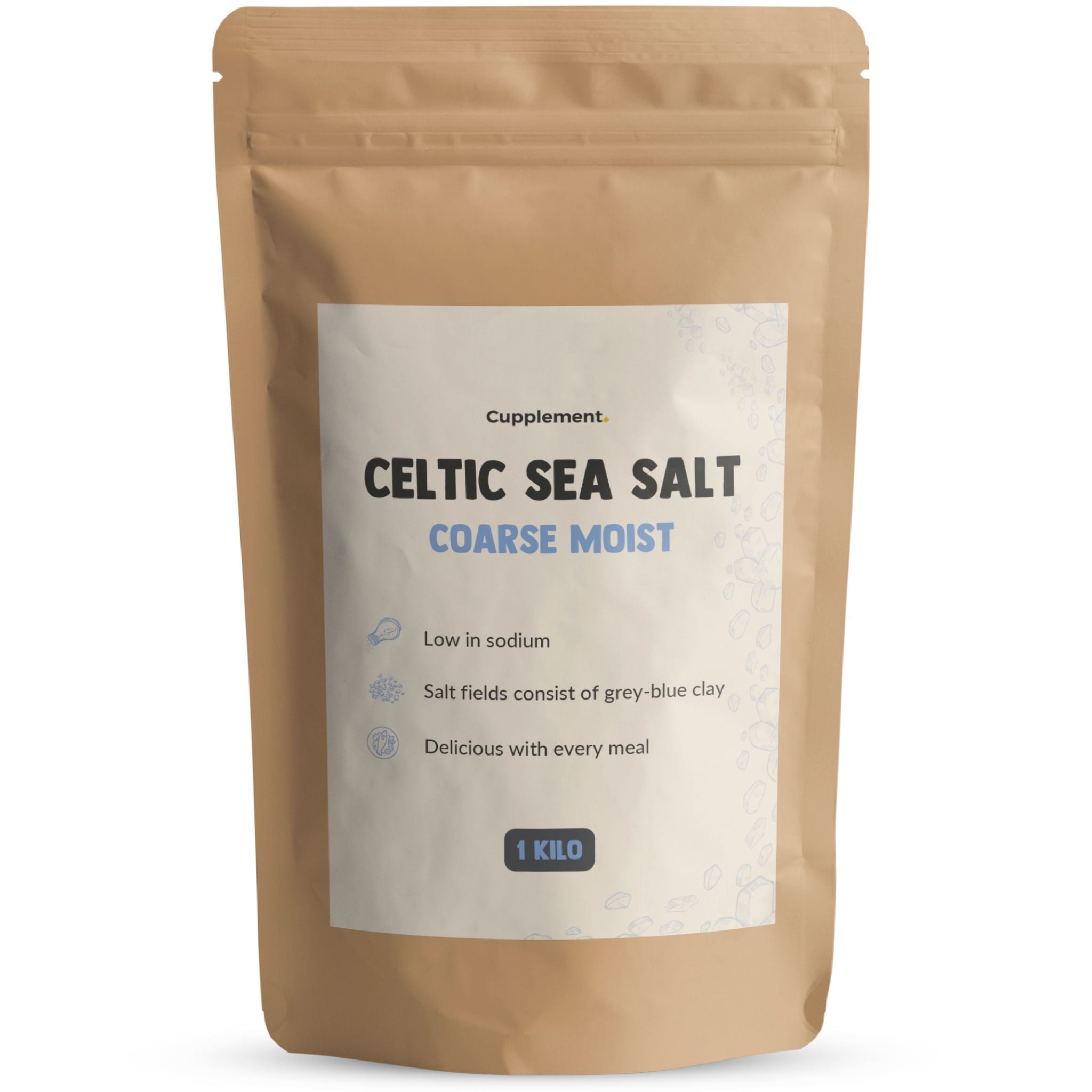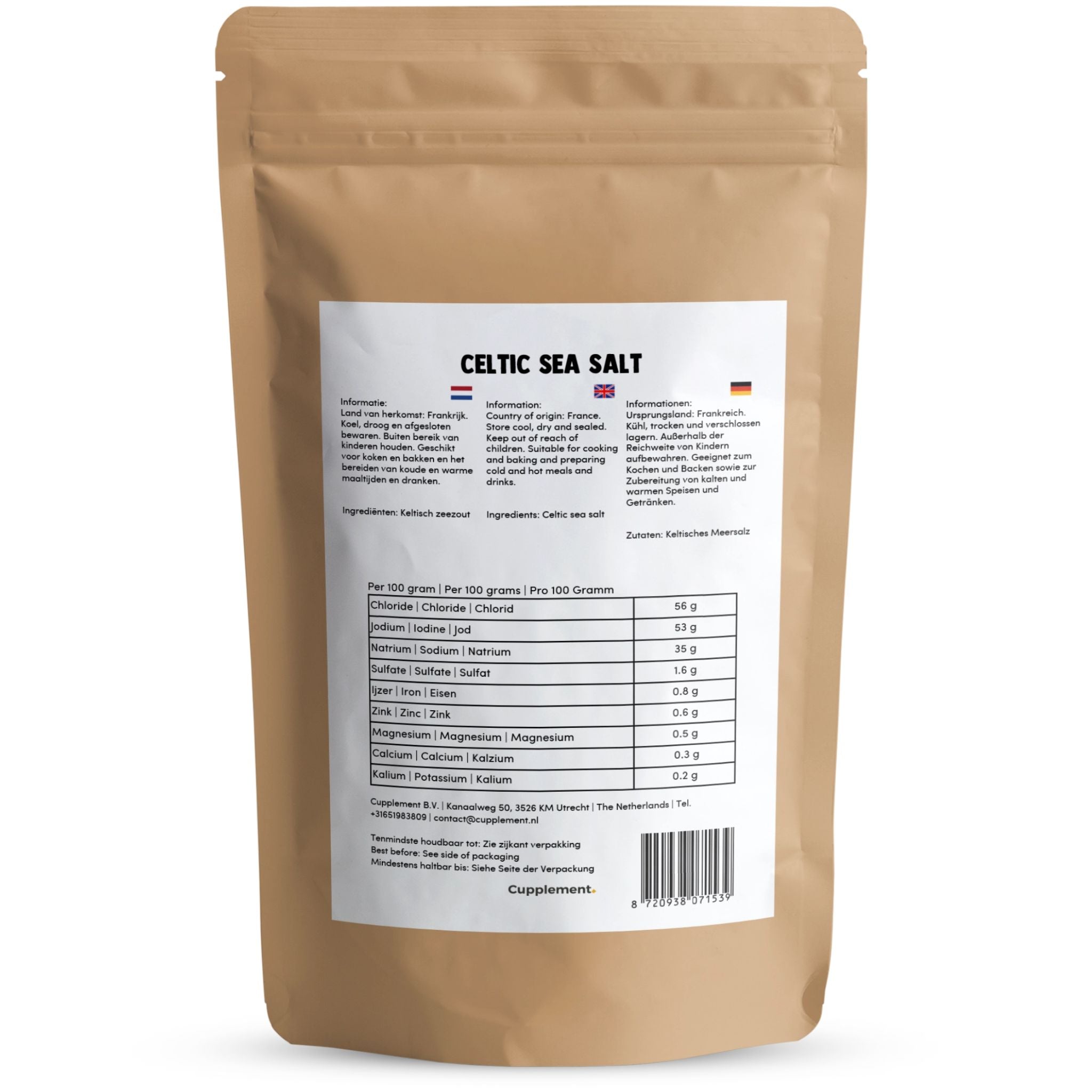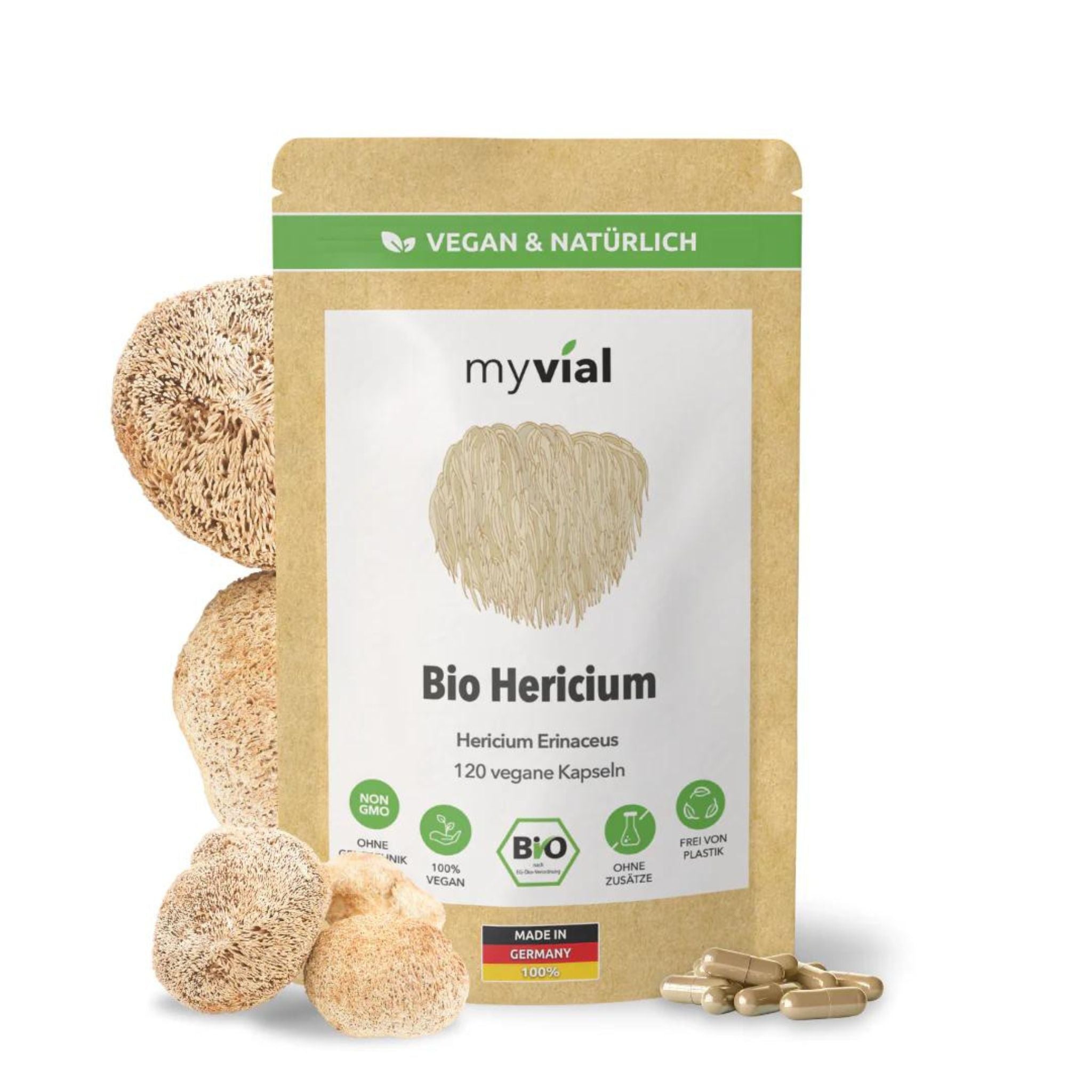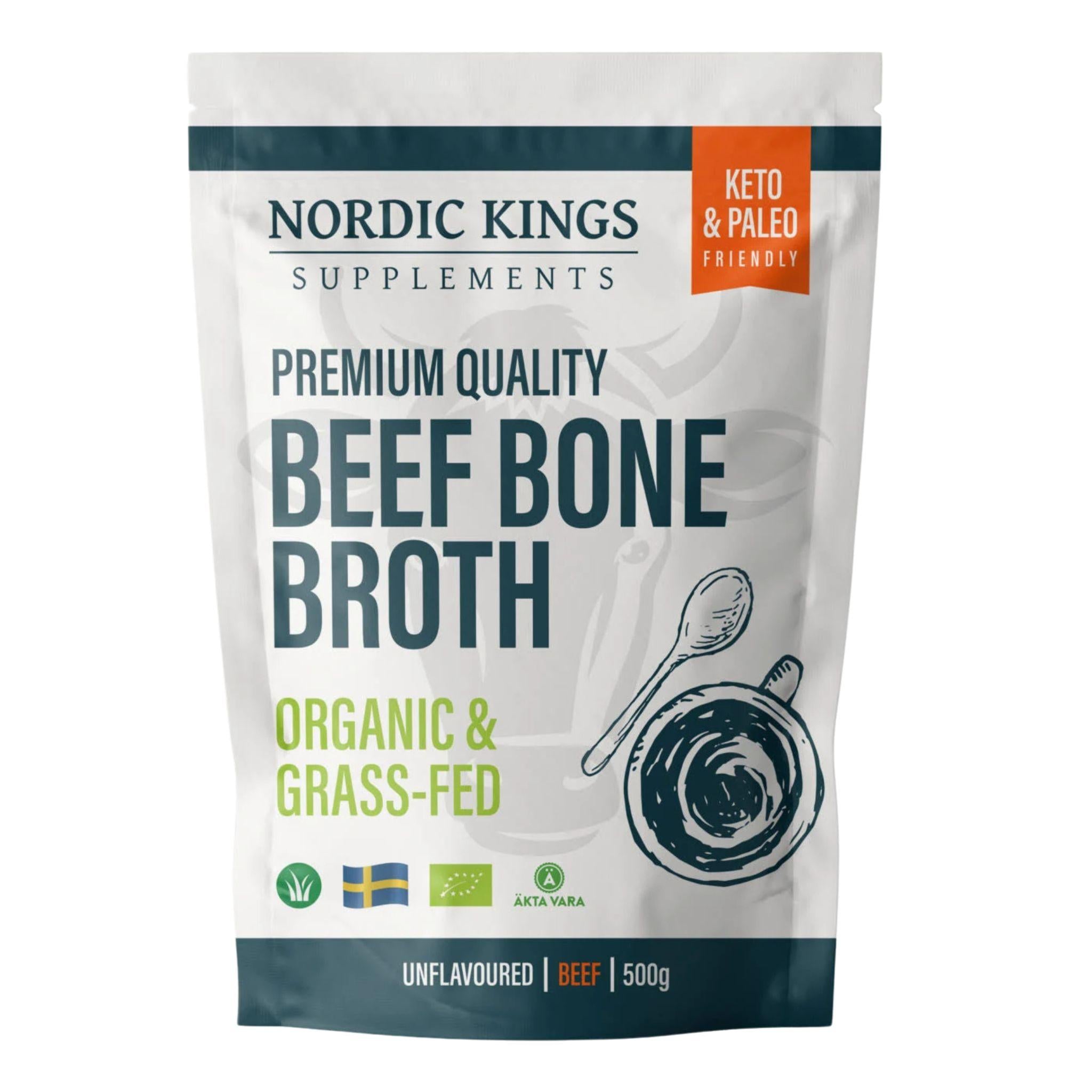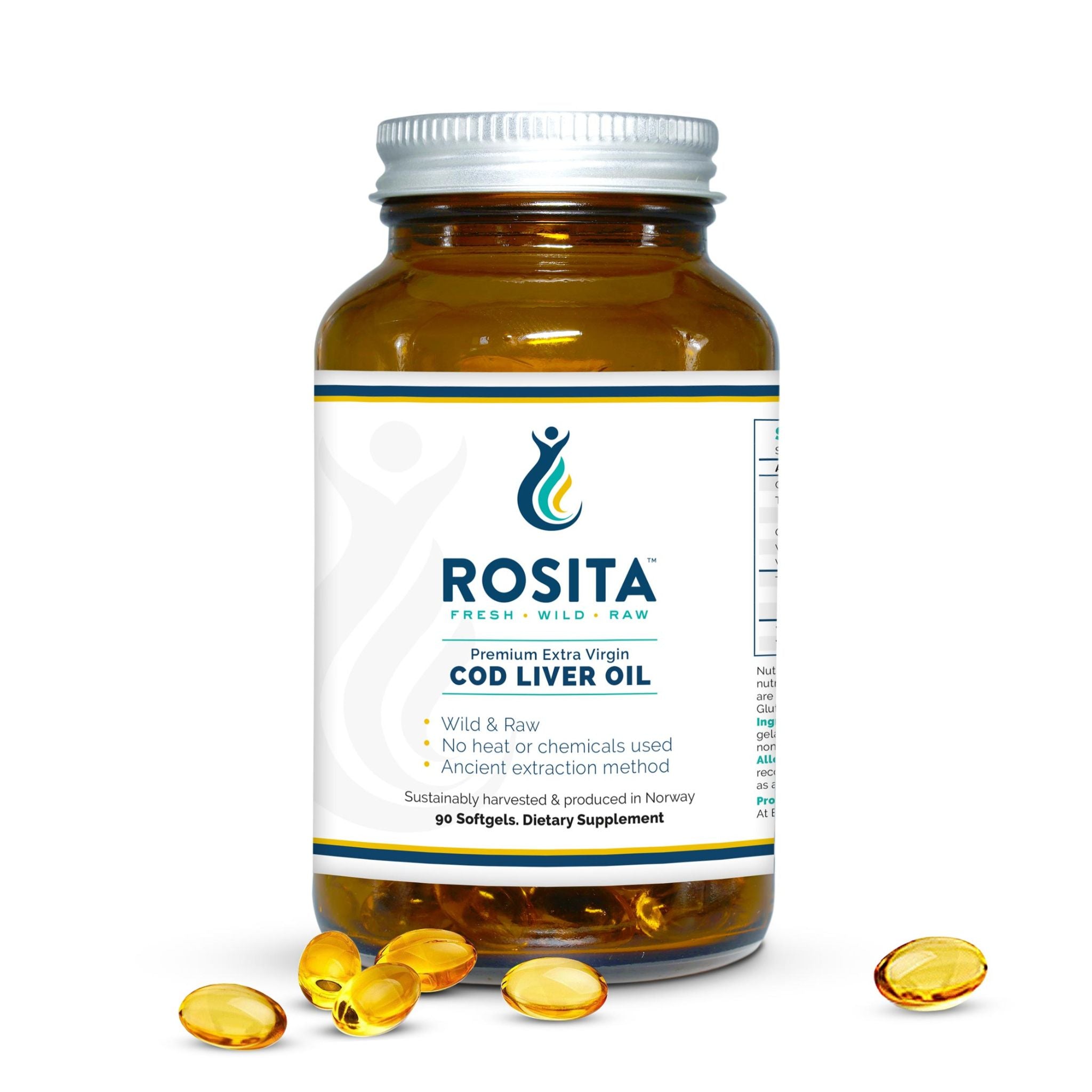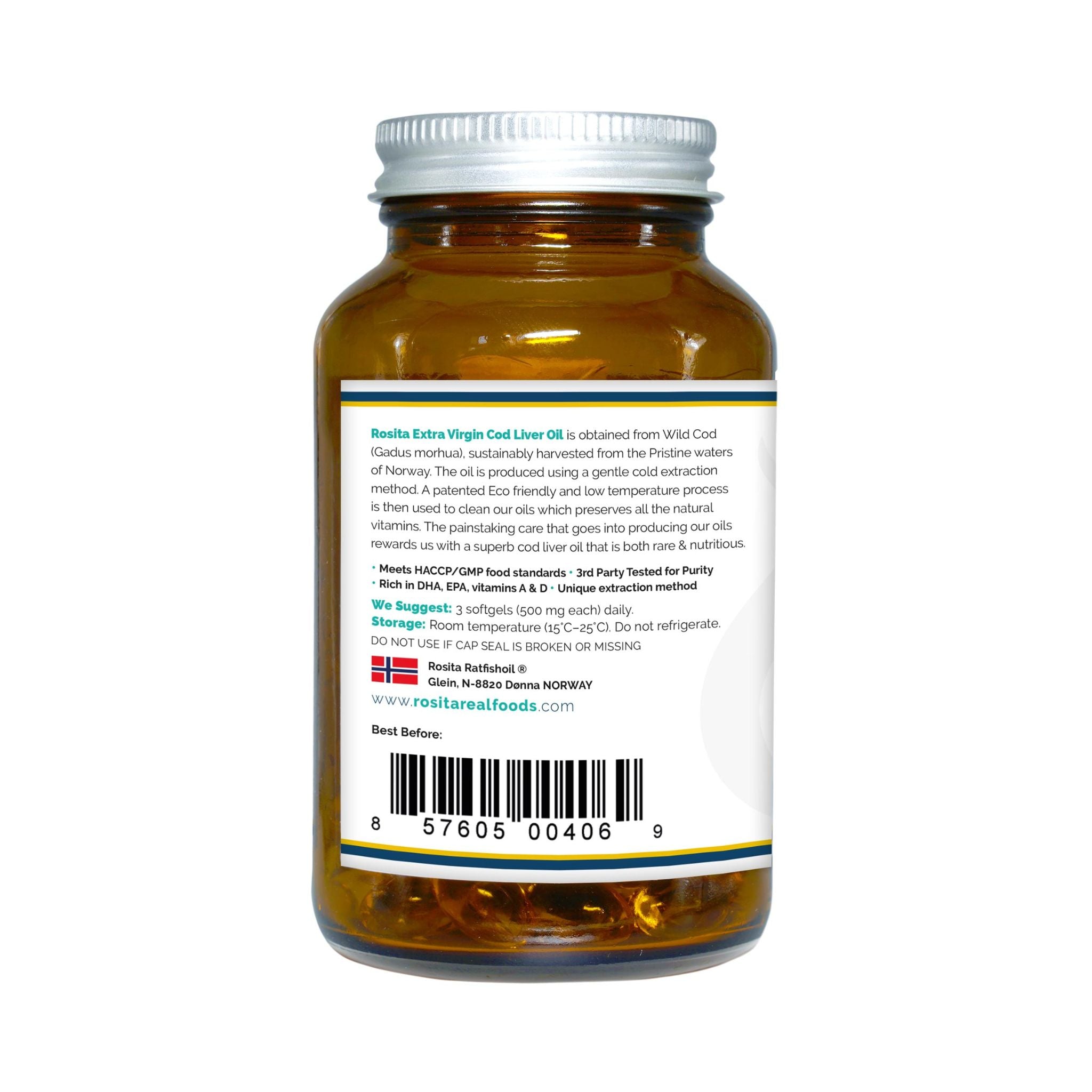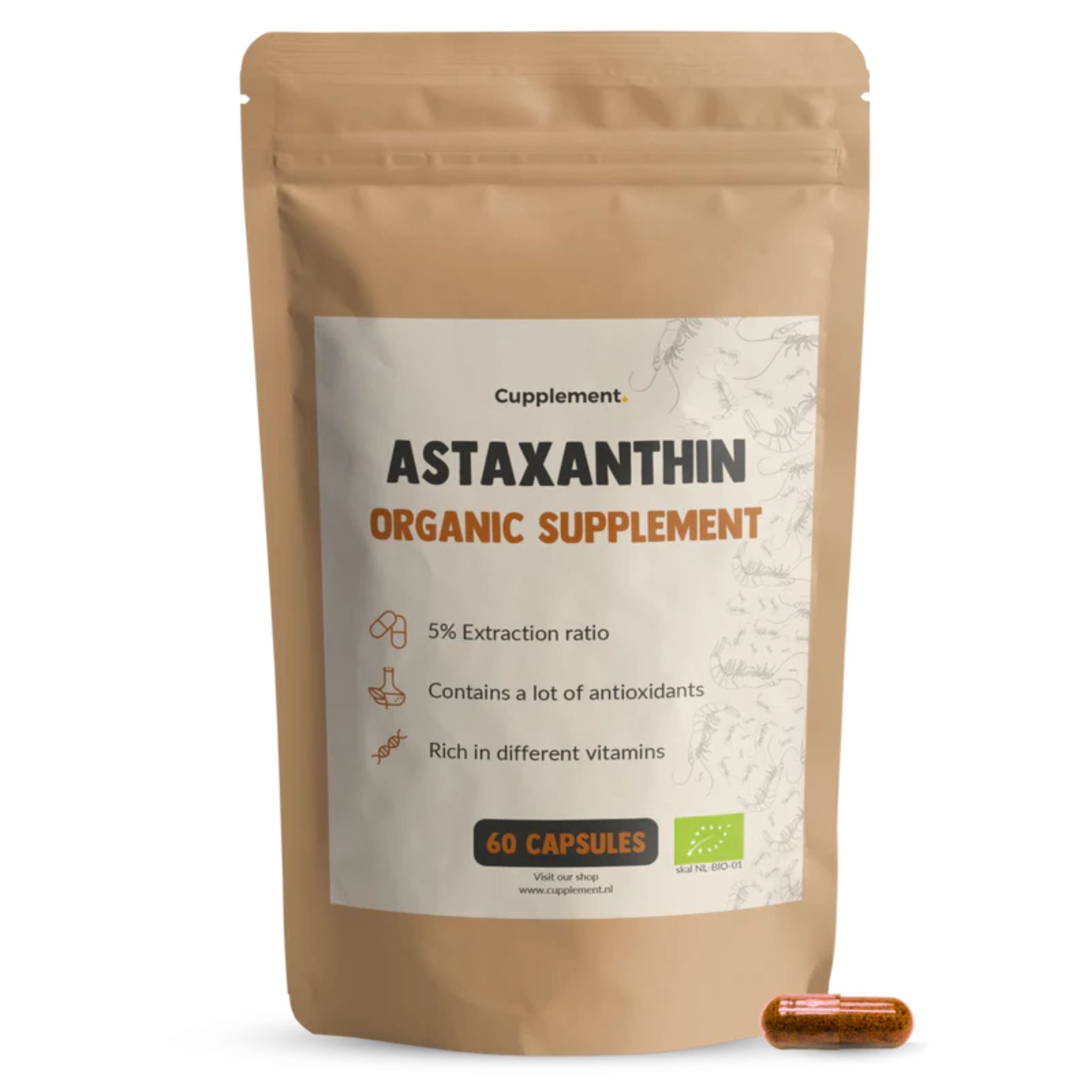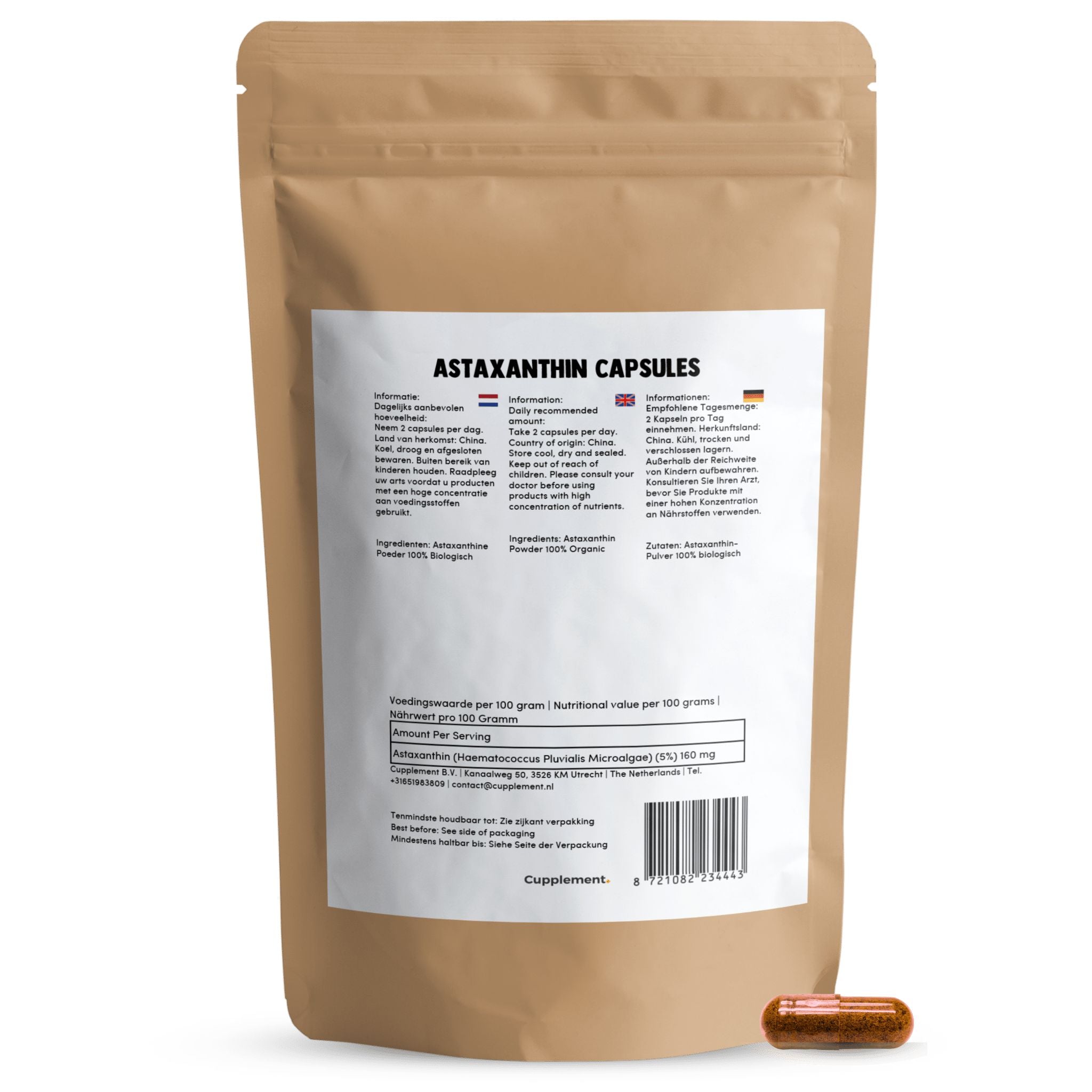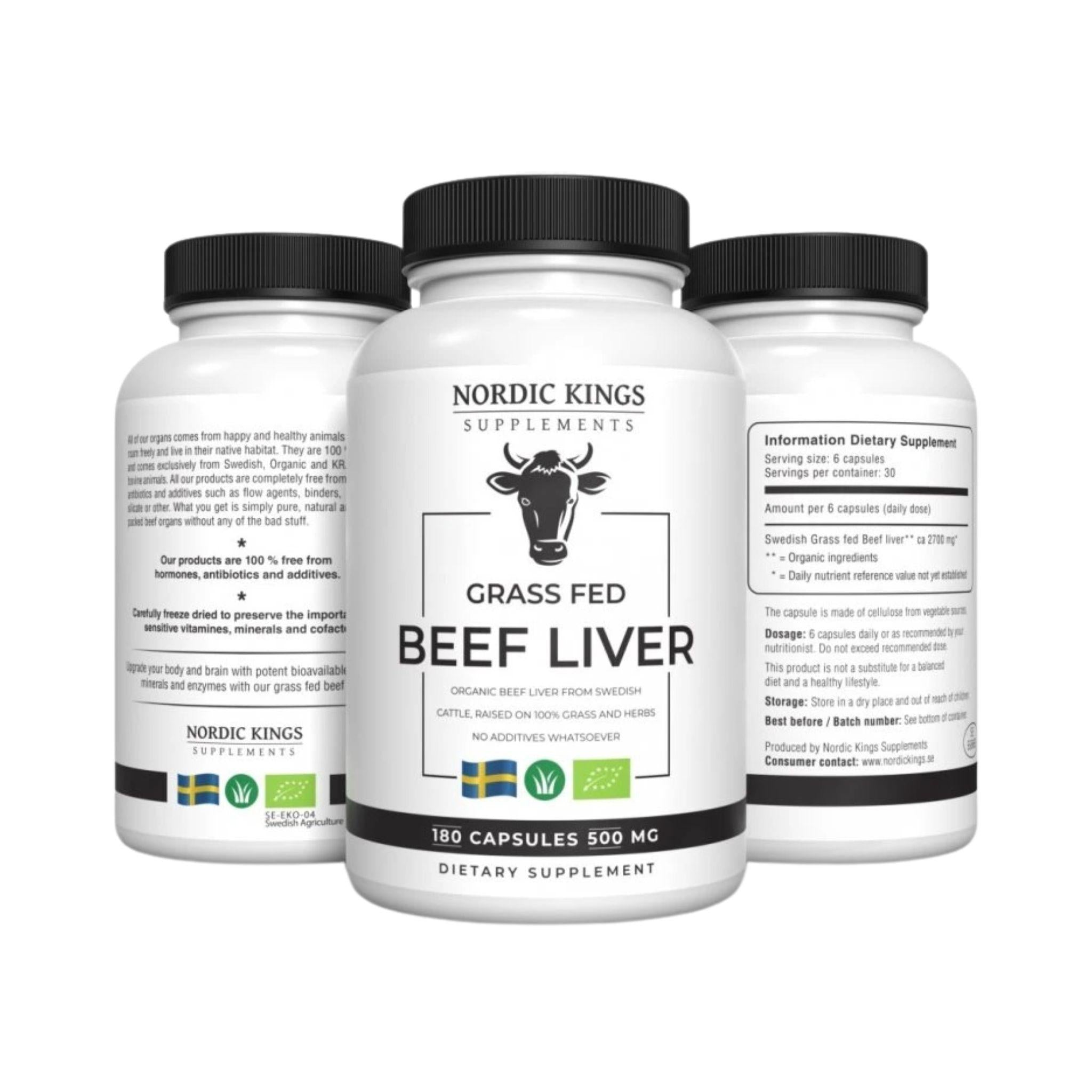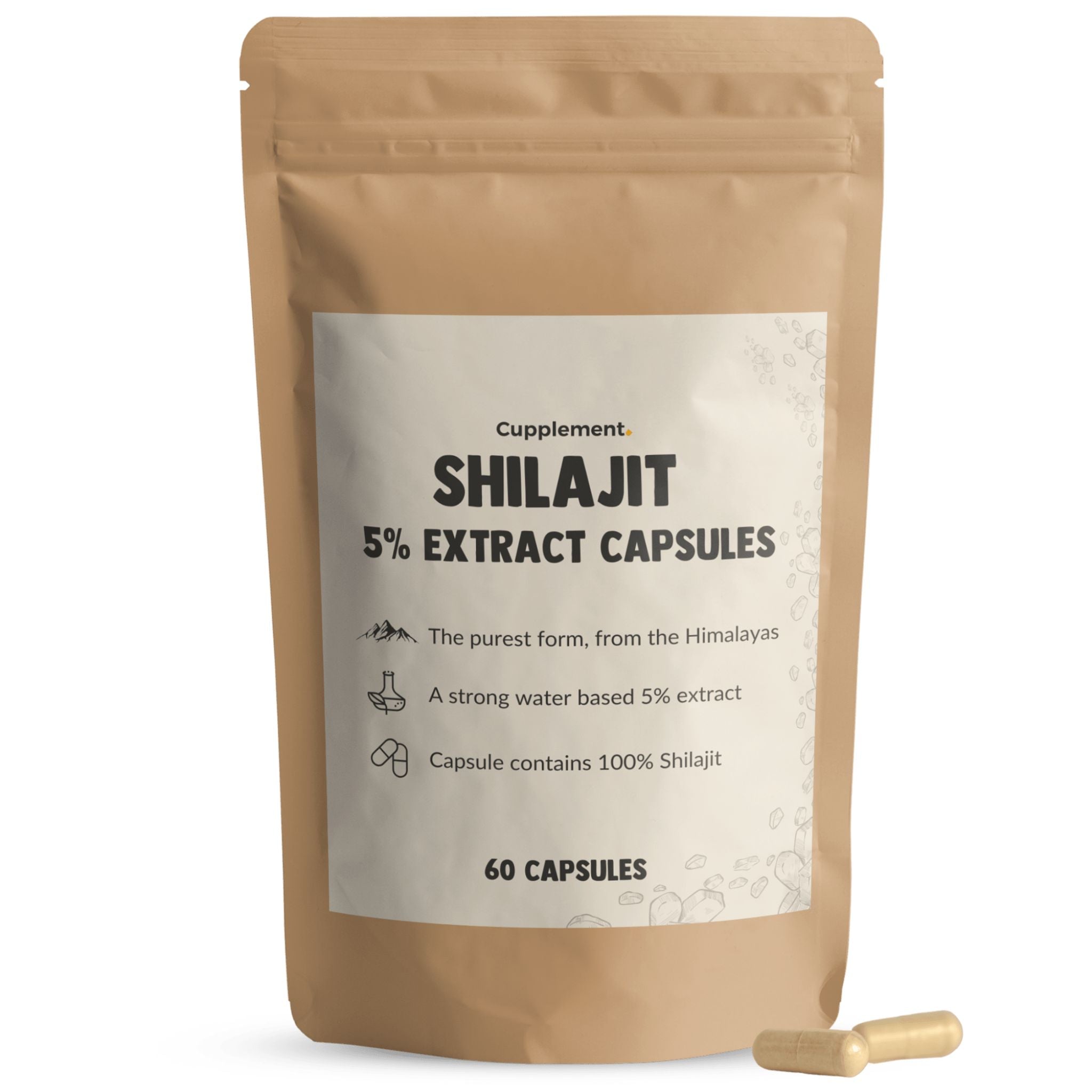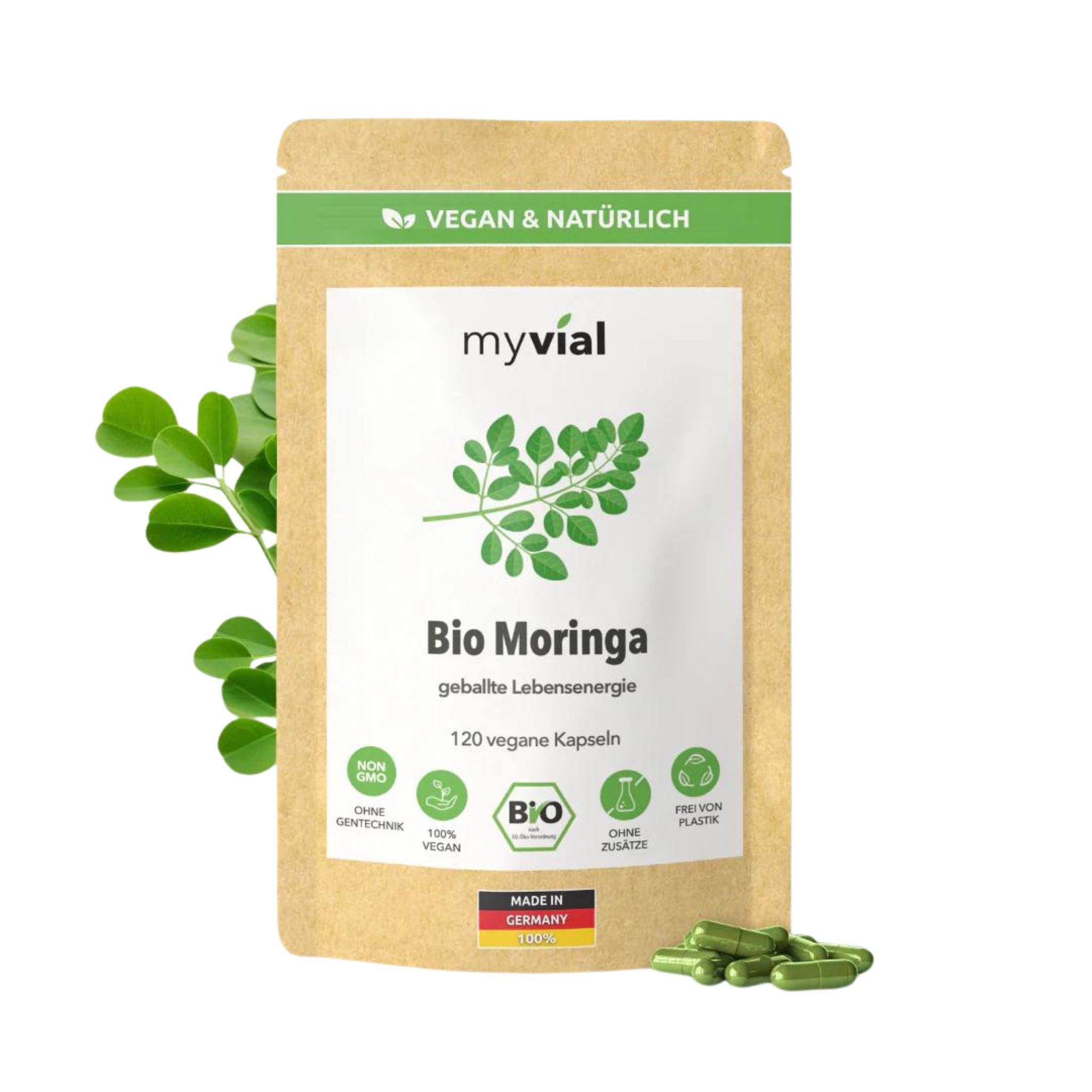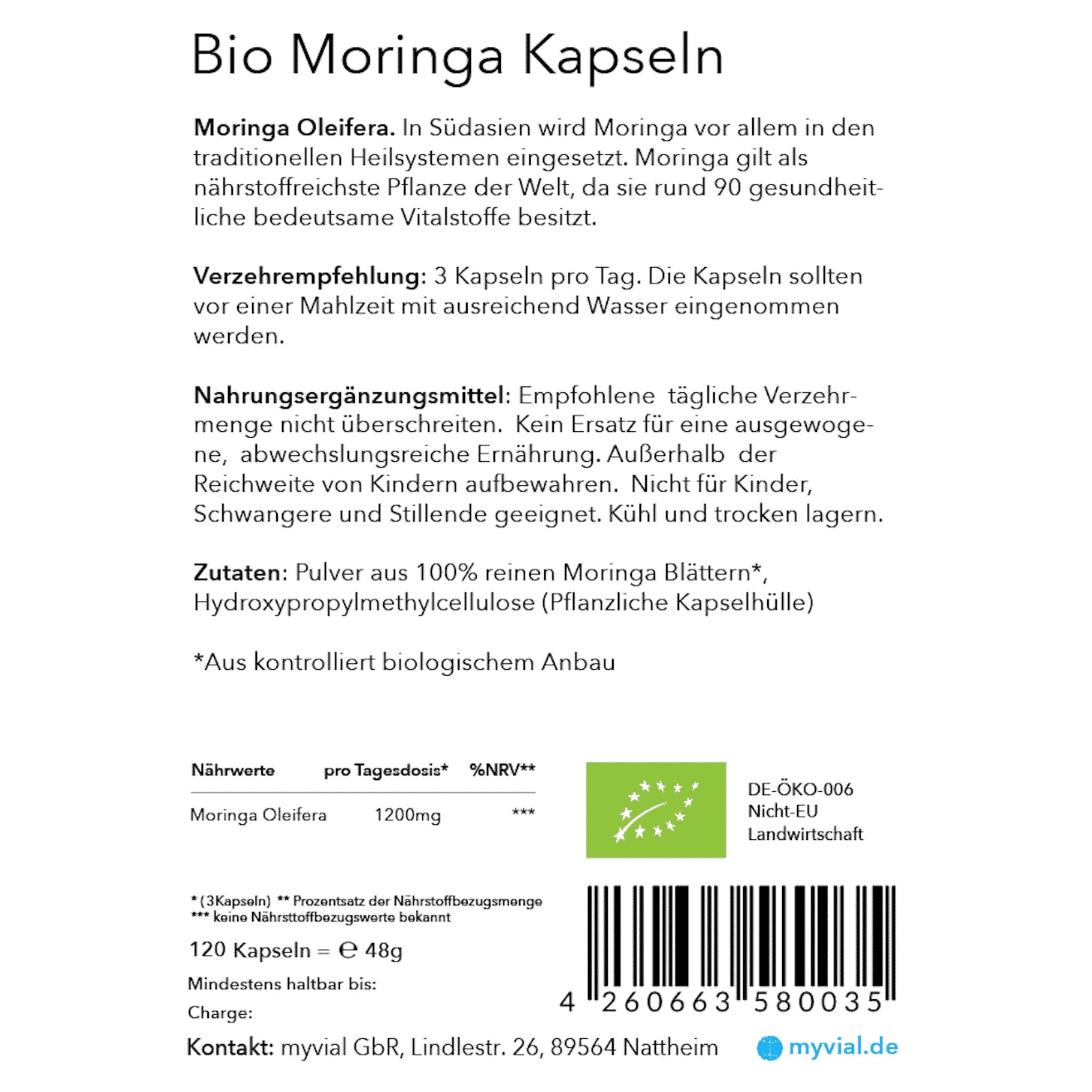Whole Food Fiber: The Key to Digestive and Overall Health
Whole food fiber is an essential nutrient that plays a crucial role in maintaining good health, yet it’s often overlooked in modern diets. Unlike fiber supplements, whole food fiber is derived directly from unprocessed plant sources, providing a full spectrum of health benefits, from improved digestion to blood sugar control. In this article, we’ll explore the different types of fiber, their benefits, and why whole food sources are the best way to meet your fiber needs.
What is Whole Food Fiber?
Fiber is a type of carbohydrate found in plant foods that the body can’t fully digest. It passes through the digestive system mostly intact, providing benefits along the way. Whole food fiber comes directly from fruits, vegetables, grains, nuts, and seeds, rather than being isolated and processed as it often is in fiber supplements.
Whole food fiber can be broken down into two main types: soluble fiber and insoluble fiber. Each type plays a unique role in health, and both are essential for a balanced diet.
Types of Whole Food Fiber
1. Soluble Fiber
Soluble fiber dissolves in water and forms a gel-like substance in the digestive tract. This type of fiber helps lower cholesterol levels and regulate blood sugar. Good sources of soluble fiber include oats, chia seeds, flaxseeds, apples, and carrots.
2. Insoluble Fiber
Insoluble fiber does not dissolve in water, which means it adds bulk to the stool and helps food move more efficiently through the digestive system. This type of fiber is essential for regular bowel movements and preventing constipation. Whole grains, nuts, seeds, and vegetables like broccoli and celery are excellent sources of insoluble fiber.
Health Benefits of Whole Food Fiber
1. Supports Digestive Health
Whole food fiber promotes regular digestion and helps prevent constipation by adding bulk to the stool. Insoluble fiber, in particular, speeds up the passage of food through the digestive tract, while soluble fiber nourishes beneficial gut bacteria, supporting a healthy microbiome.
2. Helps Control Blood Sugar Levels
Soluble fiber slows down the absorption of sugar, helping to regulate blood glucose levels. This can be especially beneficial for individuals with diabetes or those looking to maintain steady energy levels throughout the day. Whole food fiber helps prevent blood sugar spikes after meals and may improve insulin sensitivity over time.
3. Reduces Cholesterol and Supports Heart Health
Soluble fiber binds to cholesterol in the digestive system, preventing its absorption and helping to lower overall cholesterol levels. Regular consumption of fiber-rich foods has been associated with a reduced risk of heart disease, as fiber can help reduce blood pressure and inflammation, supporting overall cardiovascular health.
4. Aids in Weight Management
Whole food fiber adds volume to meals without adding extra calories, helping you feel fuller for longer. This can aid in weight management by reducing overall calorie intake and curbing cravings. Foods high in fiber also tend to take longer to chew, which helps regulate eating speed and improves satisfaction from meals.
5. Supports a Healthy Gut Microbiome
Fiber serves as a prebiotic, meaning it feeds the beneficial bacteria in your gut. A healthy gut microbiome is linked to improved immunity, better mood, and enhanced digestive function. By consuming fiber from whole foods, you’re promoting the growth of good bacteria that support overall health.
Whole Food Fiber vs. Fiber Supplements
While fiber supplements can help increase fiber intake, they lack the variety of nutrients and health benefits found in whole foods. Whole food fiber sources contain vitamins, minerals, and antioxidants that work together to support health, providing a more balanced approach to fiber intake. Additionally, fiber supplements may not have the same effect on gut bacteria as fiber from whole foods.
For these reasons, it’s best to meet your fiber needs through a diet rich in fruits, vegetables, whole grains, nuts, and seeds.
How to Add More Whole Food Fiber to Your Diet
Adding more whole food fiber to your diet is simple with a few dietary tweaks. Here are some tips:
- Start Your Day with Fiber-Rich Foods: Include whole grains like oats or chia seeds in your breakfast.
- Add Veggies to Every Meal: Incorporate fiber-rich vegetables like broccoli, carrots, and leafy greens into your meals.
- Choose Whole Fruits over Juices: Opt for whole fruits like apples, berries, and pears instead of fruit juices to maximize fiber intake.
- Snack on Nuts and Seeds: Almonds, walnuts, and flaxseeds are fiber-rich and make convenient, nutritious snacks.
- Swap Refined Grains for Whole Grains: Choose whole-grain bread, pasta, and brown rice over their refined counterparts.
Potential Side Effects and Tips for Safe Fiber Intake
Increasing fiber intake too quickly can lead to digestive discomfort, including gas, bloating, and cramping. To avoid these issues, gradually increase fiber intake over a few weeks, allowing your body to adjust. Also, be sure to drink plenty of water, as fiber needs water to move smoothly through the digestive tract.
Conclusion: The Benefits of Whole Food Fiber
Whole food fiber is a powerful nutrient that supports digestive health, blood sugar control, heart health, and weight management. Unlike fiber supplements, whole food sources provide a complete package of nutrients, promoting better health in a natural, balanced way. By making fiber-rich foods a regular part of your diet, you’ll be giving your body the support it needs for optimal wellness.
Ready to boost your fiber intake? Explore our range of whole food fiber products to get started on your journey to better health.

